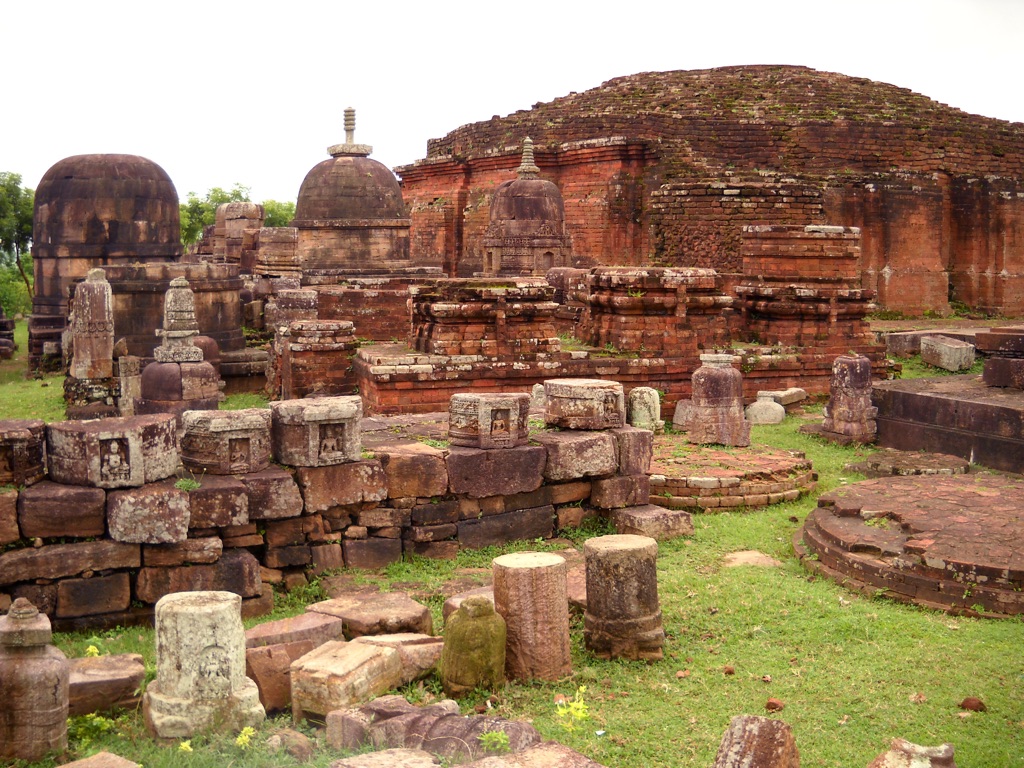Summary
The Historical Significance of Ratnagiri Monastery
Dating back to the 6th century, Ratnagiri Monastery stands as a pillar of India’s rich Buddhist heritage. Located in Odisha, this ancient site testifies to the religious fervor and architectural mastery of the past. The monastery flourished under the reign of the Gupta dynasty, attracting monks and scholars. Its location aided its growth, positioned as it was along key trade routes. This allowed for the exchange of both tangible goods and intangible knowledge. Although in ruins, Ratnagiri Monastery continues to fascinate historians and spiritual seekers. Its stupa, shrines, and sculptures provide invaluable insights into the life and teachings of Buddha. Artifacts unearthed here resonate with echoes of sermons once delivered and debates once held by learned monks in the monastery’s heyday.
Get your dose of History via Email
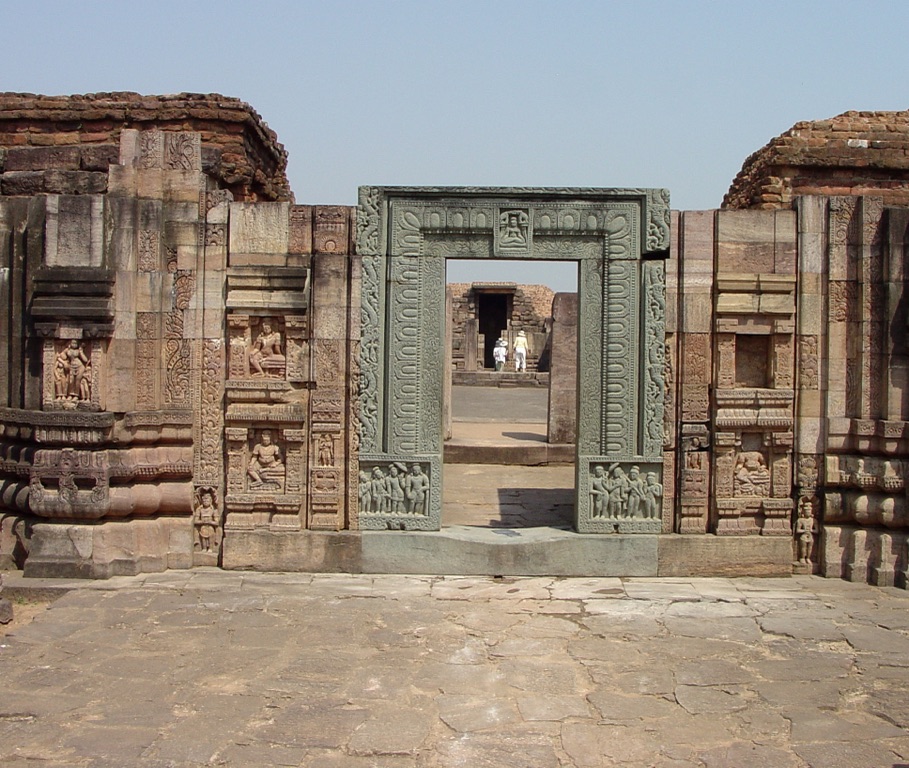
Architectural Marvels of the Site
The remains of Ratnagiri Monastery display architectural genius. Intricately carved statues grace the compound, while the main stupa stands as an emblem of tranquillity. Vihara complexes reveal the communal aspect of monastic life with evidence of multiple meditation cells. The site showcases a blend of cultural influences, with ornamentation inspired by various regions. Each discovery at the site offers a glimpse into the sophistication of ancient Indian artisanship. The remains of Ratnagiri Monastery serve as an open-air museum, enabling visitors to walk through corridors of history. The stone relics and motifs stand as silent narrators of a bygone era filled with devotion and creativity.
Visiting Ratnagiri Monastery Today
Visitors to Ratnagiri Monastery embark on a journey through time. The monastery’s ruins have been preserved with great care, allowing one to imagine its past glory. Walking among the ruins, visitors feel a sense of peace and wonder. Informational signs and guides enhance the educational value of the visit. This site is accessible to travelers year-round and offers a unique opportunity to connect with India’s profound Buddhist legacy. Its peaceful ambiance and picturesque setting make Ratnagiri Monastery a must-visit for history buffs, spiritual seekers, and those simply in need of contemplative respite.
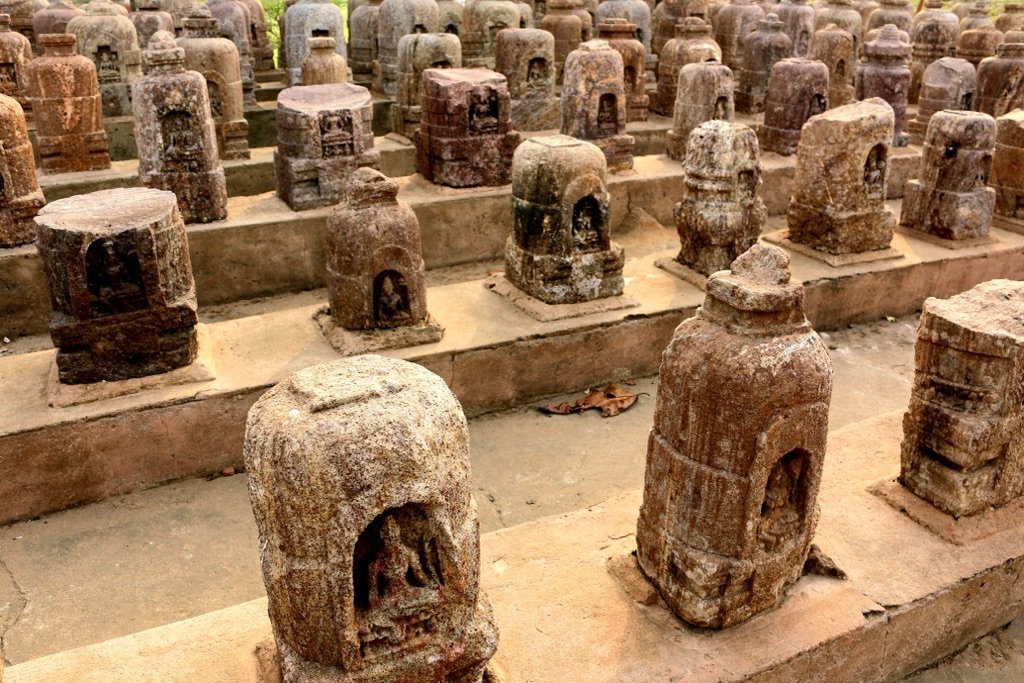
Historical Background of Ratnagiri Monastery
The Origins and Foundation
Ratnagiri Monastery, deeply woven into India’s Buddhist tales, traces its origins to the 6th century. It flourished during the Gupta Dynasty’s reign, a golden age for arts, science, and religion in India. The monastery was not just a religious hub but a center for learning. Here, teachings of the Buddha spread far and wide. Ratnagiri’s strategic position enhanced its influence. It lay on ancient trade routes that facilitated cultural exchanges. Spiritual seekers and students alike were drawn to its wisdom. The monastery became a melting pot of ideas.
Architectural and Cultural Height
In its heyday, Ratnagiri Monastery was an architectural masterpiece. The complex included a grand stupa, prayer halls, and residential cells for monks. The site also housed intricate carvings and sculptures. These reflected the artistic zenith of the time. The monastery’s design showcased a fusion of various influences, marking it as a beacon of diversity. The art and iconography discovered here bear testament to a rich cultural intermingling. Ratnagiri served as both sanctuary and school, cradling the inner journeys of countless monks.
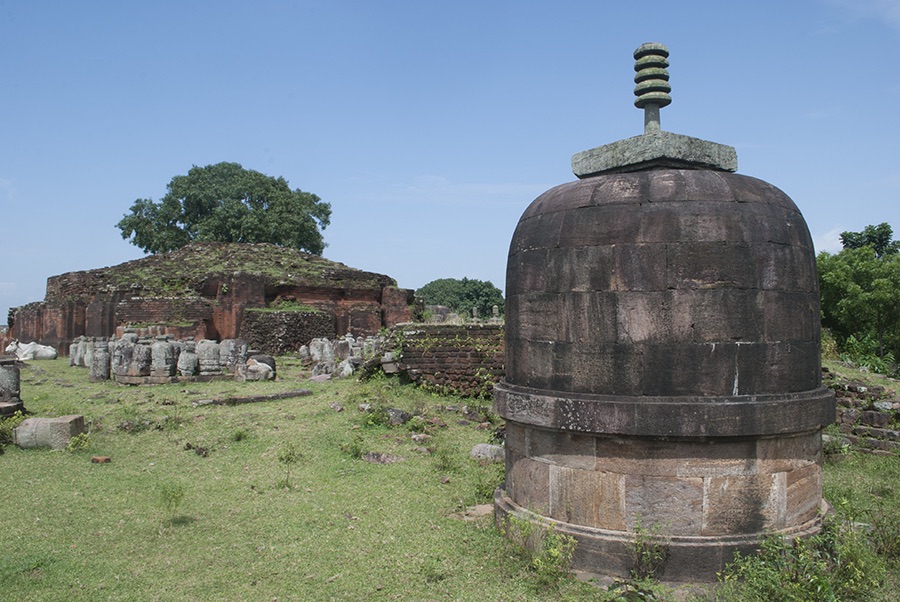
Decline and Rediscovery
Time brought change, and Ratnagiri Monastery faced decline. Historical records suggest invasions and political shifts caused this downturn. Despite this, the monastery stood resilient for many centuries. It wasn’t until the 19th and 20th centuries that archaeologists rediscovered its significance. Excavations unearthed relics and scriptures hidden for ages. These finds propelled Ratnagiri back into the limelight. They offered a clearer view of the monastery’s grandeur and spiritual influence in ancient India.
Ratnagiri Monastery today stands in partial ruins. However, it offers a poignant glimpse into a distant past. The decayed walls and weathered statues whisper stories of monastic life long gone. Visitors can walk through corridors once alive with the hum of scholarly debate. The location is now a cherished heritage site. It draws scholars, historians, and the spiritually inclined from across the globe.
Understanding Ratnagiri Monastery lends insight into broader narratives of Buddhism in India. It offers lessons in how knowledge and culture transcend time. The monastery remains a testament to the impermanence it preached. Yet, its legacy endures, solid as the stone remains. Ratnagiri’s history captivates minds, urging us to explore beyond the surface. For those who venture there, the site serves as a bridge between the ancient and the present day.
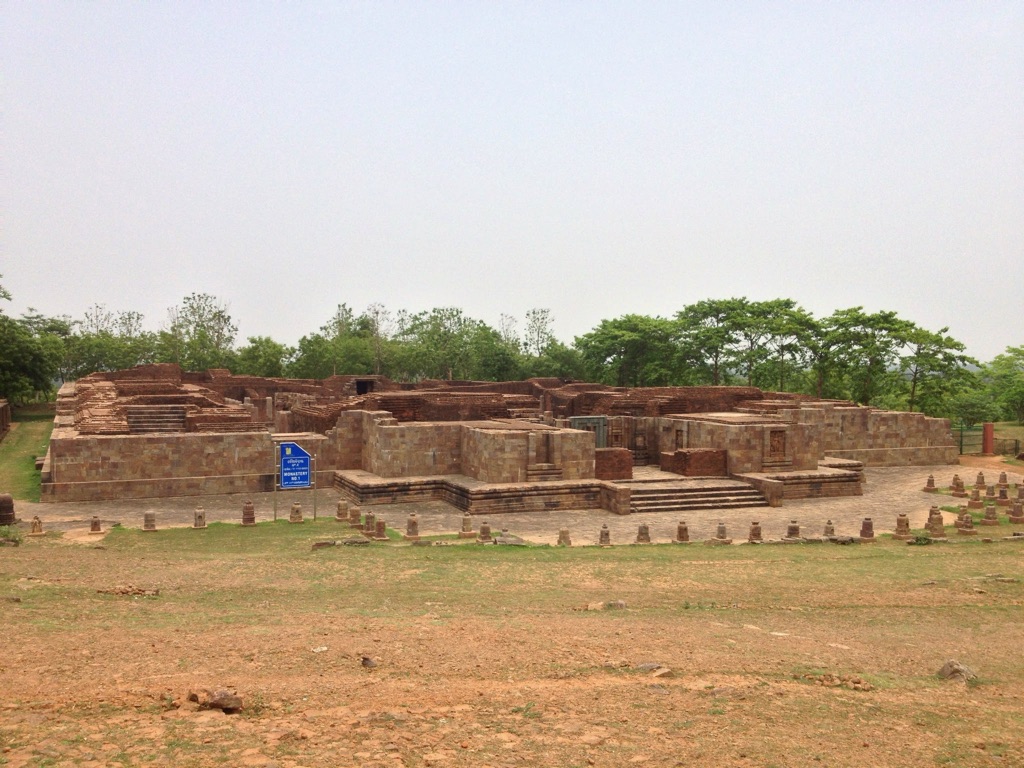
The Discovery of Ratnagiri Monastery
A Lost Treasure Unearthed
The Ratnagiri Monastery, once lost to time, was rediscovered in the late 19th century. Buried under layers of history, its excavation marked a significant moment in the cultural landscape of India. Local residents had long stumbled upon various artifacts, but the true extent of what lay underneath was not understood until formal explorations began. It was the dedicated efforts of archaeologists from the Archaeological Survey of India (ASI) who uncovered the monastery’s remains. Their findings brought to light the lost grandeur of a site that was once a beacon of Buddhist learning and spirituality. Astonishingly intricate sculptures and a plethora of Vajrayana Buddhist iconography were among the chief revelations.
The Pioneering Excavations
The pioneering excavation work that revealed Ratnagiri Monastery to the modern world began around 1900. A team, led by the then Bengal Circle of ASI, carried out extensive archaeological diggings. They meticulously uncovered evidence of a large monastic complex. Their work revealed various structures including stupas, shrines, and monastic cells. The efforts of these archaeologists opened a window into a vibrant past, allowing a glimpse into the daily lives of the monks who once resided there. The finding of numerous inscriptions on stone tablets was particularly momentous, as they offered clues to the monastery’s storied past and illustrious scholars.
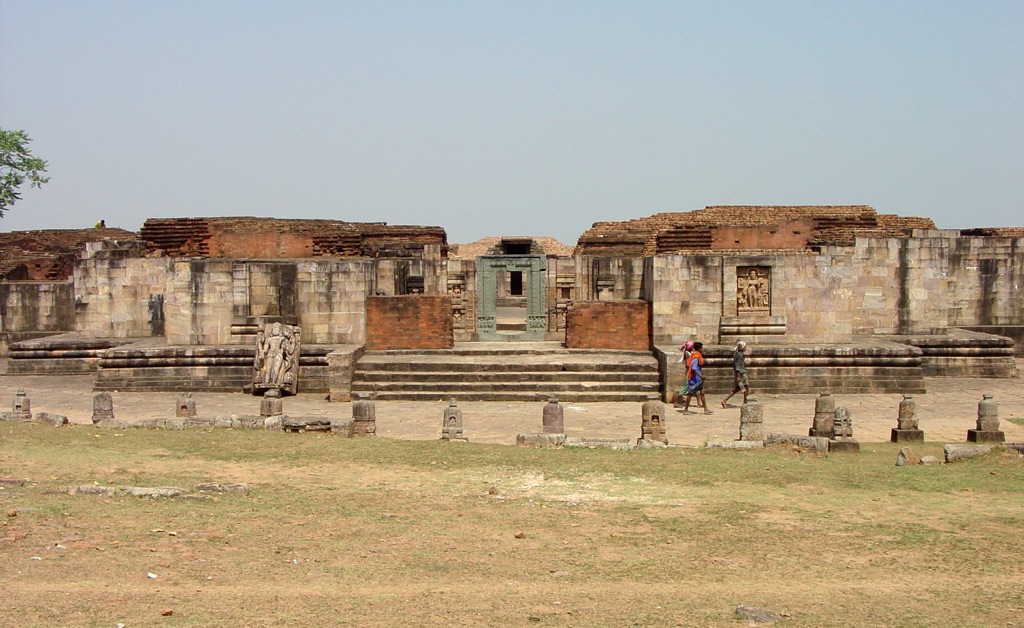
Notable Finds and Artifacts
Echoing through the corridors of times were the artifacts that intertwined to tell the tale of Ratnagiri Monastery. The archeologists found an array of Buddhist sculptures, decorative panels, and relics that pointed to a thriving culture. Several imposing statues of Buddha, bodhisattvas, and other deities were cleaned and catalogued. These findings provided critical insight into the artistic expression and religious devotion of the period. Moreover, the unearthed remains of votive stupas solidified the monastery’s status as a critical hub for Buddhist offerings and meditation.
Following the initial discoveries, subsequent explorations at Ratnagiri Monastery would continue well into the 1950s and beyond. These later excavations brought to light even more details about the layout and functioning of the monastery. Among the findings were residential quarters likely used by the monks and students. This ongoing work underscored the importance of continuous investigation and preservation of historical sites. It was a reminder of the layers of history that can be contained within a single place, waiting to be rediscovered.
Today, Ratnagiri Monastery stands proudly as a testament to the power of discovery and the enduring allure of history. It beckons visitors from far and wide, inviting them to step back in time. As one wanders through the atmospheric ruins, there’s a palpable sense of connection to the monks and scholars. The ongoing preservation efforts ensure that this cultural gem continues to offer its wisdom for years to come. The discovery of Ratnagiri turned mere legend into vivid reality, and it now holds a place of honor in the rich tapestry of India’s heritage.
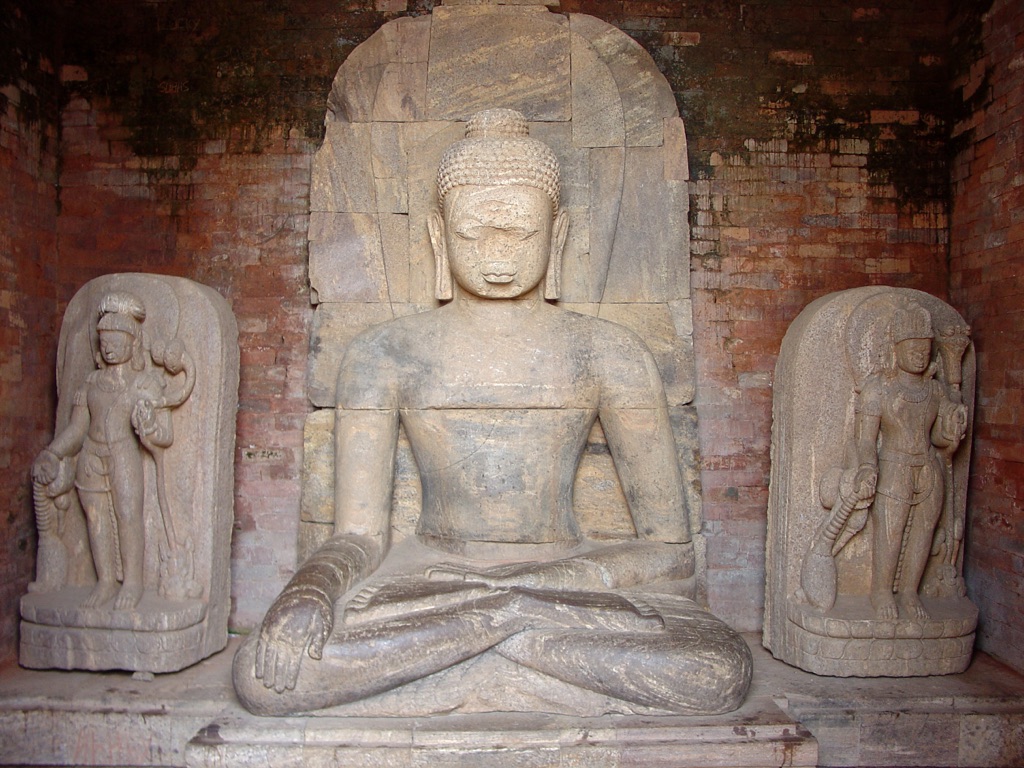
Cultural Significance, Dating methods, Theories and Interpretations
Cultural and Religious Impacts
The Ratnagiri Monastery holds profound cultural significance, having been a vital center for Mahayana and Vajrayana Buddhism teachings. Its influence extended beyond spiritual teachings to impact art, culture, and education during its time. The monastery’s architecture inspired religious structures across the region. Its extensive library attracted scholars who contributed to the spread of Buddhist philosophy. The presence of numerous artifacts and inscriptions suggests that Ratnagiri was central to spiritual and cultural dialogues for many centuries.
Dating the Monastery’s Origins
The dating of Ratnagiri Monastery has been achieved through meticulous archaeological methods. Artefacts, including pottery and coins, found on-site, provided initial chronological markers. Radiocarbon dating and stratigraphy have also played a role in determining the different phases of its usage. Inscriptions in ‘Brahmi’ script have been critical for dating structures to the reign of specific dynasties. These methods collectively suggest that the monastery flourished from the 6th to the 12th centuries, with its zenith around the 8th to 10th centuries.
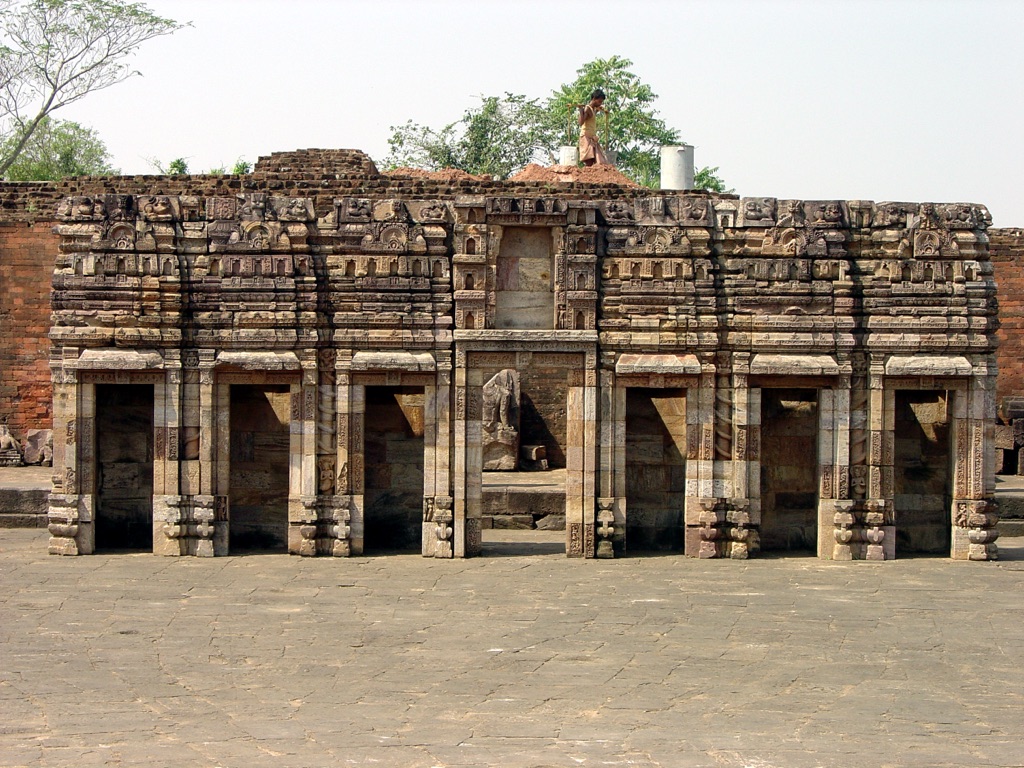
Uncovering Ratnagiri’s Past
Despite clear evidence of its past importance, many aspects of Ratnagiri Monastery’s history remain shrouded in mystery. Theories abound regarding the daily life within the walls and the reasons for its eventual decline. Some hypotheses suggest that invasions played a part in its downfall. Others point to a gradual decline as trade routes shifted. Scholars continue to interpret findings to piece together the monastery’s history. Their work is vital for understanding the complex socio-political factors that influenced Ratnagiri over the centuries.
The Ratnagiri Monastery continues to stir imaginations with its blend of historical facts and unresolved mysteries. Interpretations of the site’s artwork and structures fuel ongoing scholarly debates. Some researchers propose that the monastery was not only a religious center but also a sanctuary for political figures of the time. The various interpretations offer a dynamic picture of Ratnagiri, encouraging visitors and historians alike to ponder its multifaceted legacy.
As a living testament to India’s Buddhist heritage, Ratnagiri Monastery’s significance cannot be overstated. It remains an emblem of cultural resilience, drawing visitors from across the world. Each new artifact unearthed contributes to the evolving narrative of the site. In that sense, Ratnagiri is not merely a static relic of the past; it is a continuing story, inviting all to explore the depths of its historical opulence and spiritual prowess.
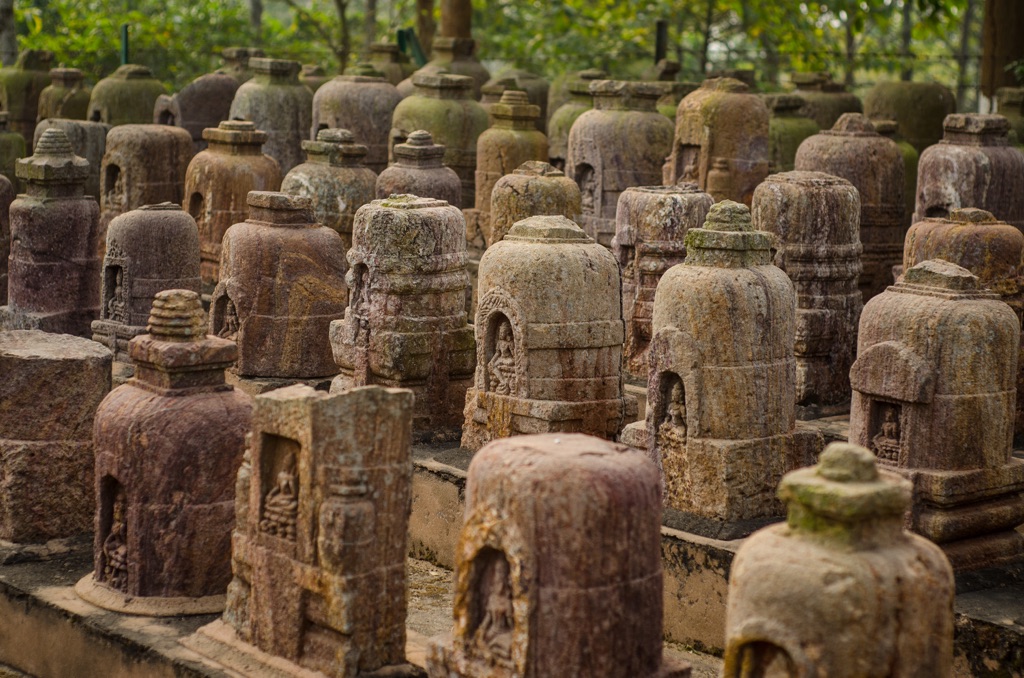
Conclusion and Sources
In the journey through Ratnagiri Monastery’s history, we uncover a narrative rich with cultural and religious significance. This site encapsulates the zenith of Buddhist spiritual and scholarly endeavors. It remains a mirror reflecting the flourishing of Mahayana and Vajrayana traditions in ancient India. Its rediscovery and ongoing excavations continue to supplement our understanding of the past. Ratnagiri stands as an eminent exemplar of monastic life. It reveals the transient nature of human establishments amidst the relentless march of time. The archaeological efforts, utilizing modern dating methods and interpretations, paint a vivid picture of bygone glory. Ratnagiri’s intricate carvings and architectural prowess attest to a heritage worth preserving. As scholars forge ahead, interpreting its mysteries and legacies, Ratnagiri Monastery will keep prompting analysis and wonder for generations to come.
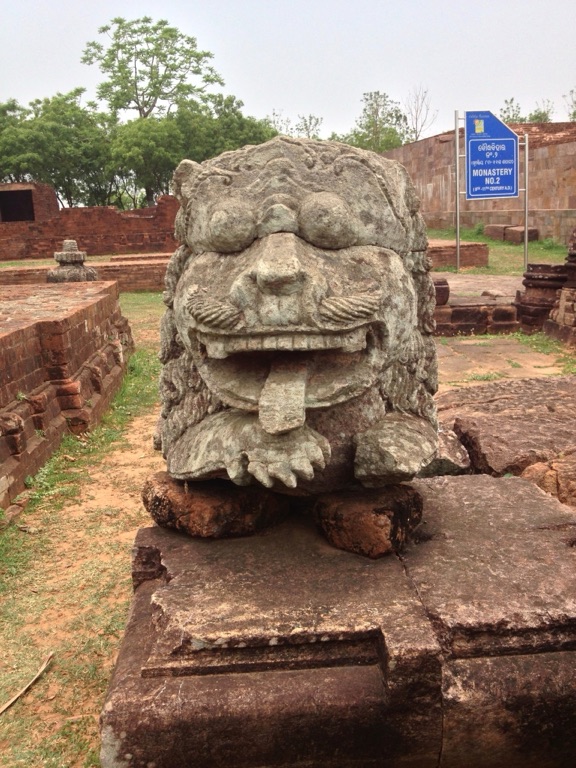
For further reading and to validate the information presented in this article, the following sources are recommended:
Or you can check any of these reputable archaeological and historical texts:
Mitra, D. (1981). Monuments of the Buddhist Era in Odisha: Ratnagiri. Archaeological Survey of India.
Behl, B. K. (1992). The Ajanta Caves: Artistic Wonder of Ancient Buddhist India. Thames & Hudson.
Ray, H. P. (1986). Monastery and Guild: Commerce under the Satavahanas. Oxford University Press.
Chattopadhyaya, D. (1990). History of Science, Philosophy, and Culture in Indian Civilization. Centre for Studies in Civilizations.

